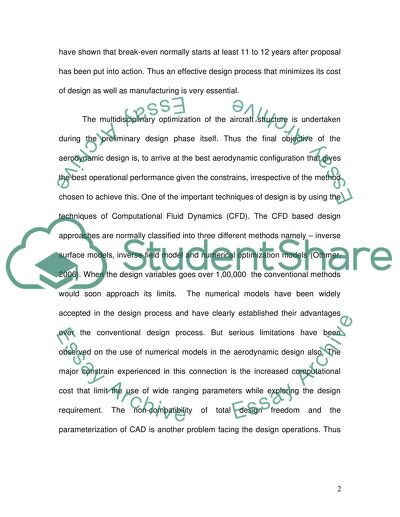Cite this document
(“Aerodynamic shape optimization for morphing multi-element airfoil Dissertation - 1”, n.d.)
Retrieved from https://studentshare.org/physics/1559374-aerodynamic-shape-optimization-for-morphing-multi-element-airfoil-based-on-cfd-by-using-adjoint-method-algorithm
Retrieved from https://studentshare.org/physics/1559374-aerodynamic-shape-optimization-for-morphing-multi-element-airfoil-based-on-cfd-by-using-adjoint-method-algorithm
(Aerodynamic Shape Optimization for Morphing Multi-Element Airfoil Dissertation - 1)
https://studentshare.org/physics/1559374-aerodynamic-shape-optimization-for-morphing-multi-element-airfoil-based-on-cfd-by-using-adjoint-method-algorithm.
https://studentshare.org/physics/1559374-aerodynamic-shape-optimization-for-morphing-multi-element-airfoil-based-on-cfd-by-using-adjoint-method-algorithm.
“Aerodynamic Shape Optimization for Morphing Multi-Element Airfoil Dissertation - 1”, n.d. https://studentshare.org/physics/1559374-aerodynamic-shape-optimization-for-morphing-multi-element-airfoil-based-on-cfd-by-using-adjoint-method-algorithm.


